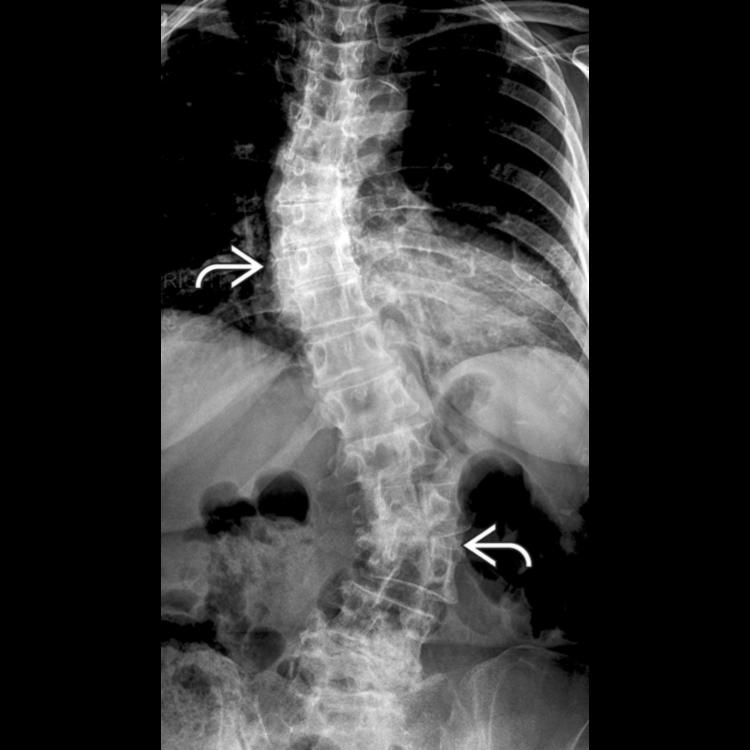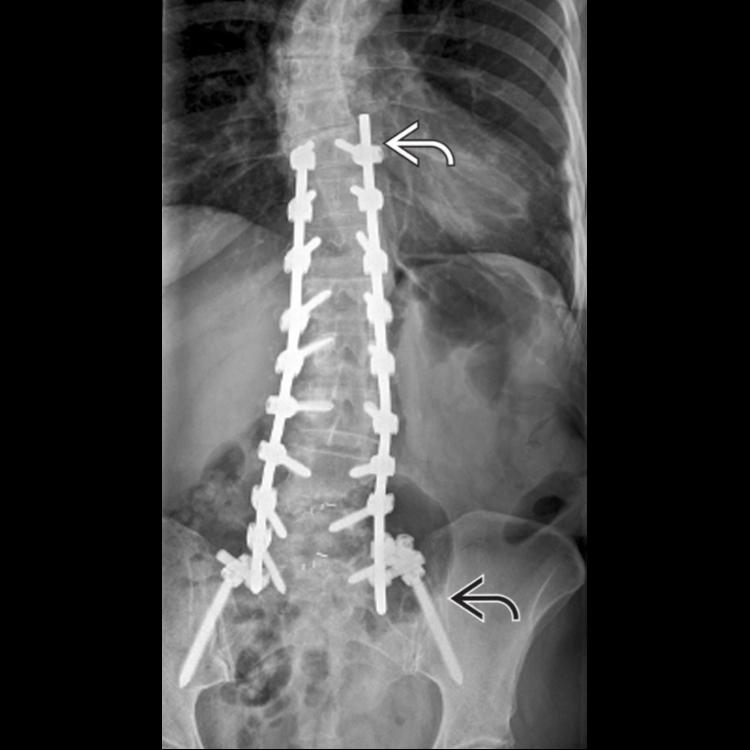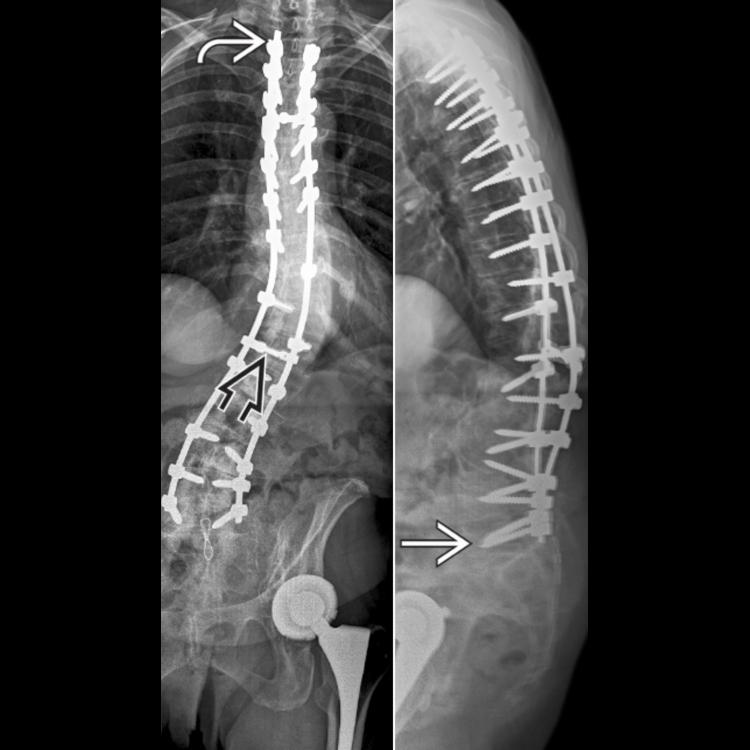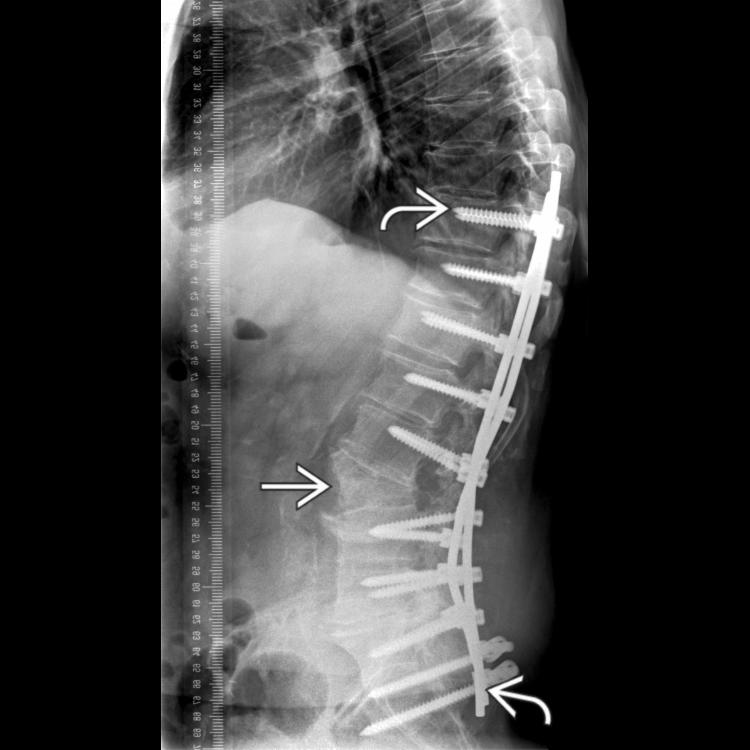Physical Address
304 North Cardinal St.
Dorchester Center, MA 02124
Spinal fusion surgery recommended when curve magnitude > 40-45° for adolescent idiopathic scoliosis
Adult scoliosis presents with lumbar back ± leg pain, L3-L4 rotatory subluxation, L4-L5 tilt, and L5-S1 disc degeneration on radiographs
Radiographs
Main thoracic, thoracolumbar, and lumbar curves should be assessed for structural characteristics
36′ standing anteroposterior & lateral radiographs & supine side-bending radiographs
In adult scoliosis, assess for degenerated changes and rotatory ± lateral listhesis
CT
Assess integrity of hardware
Look for osseous bridging at levels of interbody fusion and lucency along screw tracks
MR
Preoperative planning to evaluate for central &/or foraminal stenosis and disc degeneration
Adult bones tend to be weaker or osteoporotic, making instrumentation and fusion more difficult
Degenerative disc changes, spinal stenosis, and facet arthropathy can be exacerbated and in turn exacerbate scoliosis, leading to more rigid spines
Goals: Prevent progression, restore acceptability of clinical deformity, reduce curvature, prevent neurologic deficit
Resolve pain ± make it more controllable with medications
Fuse spine in as normal anatomical position as possible




Become a Clinical Tree membership for Full access and enjoy Unlimited articles
If you are a member. Log in here